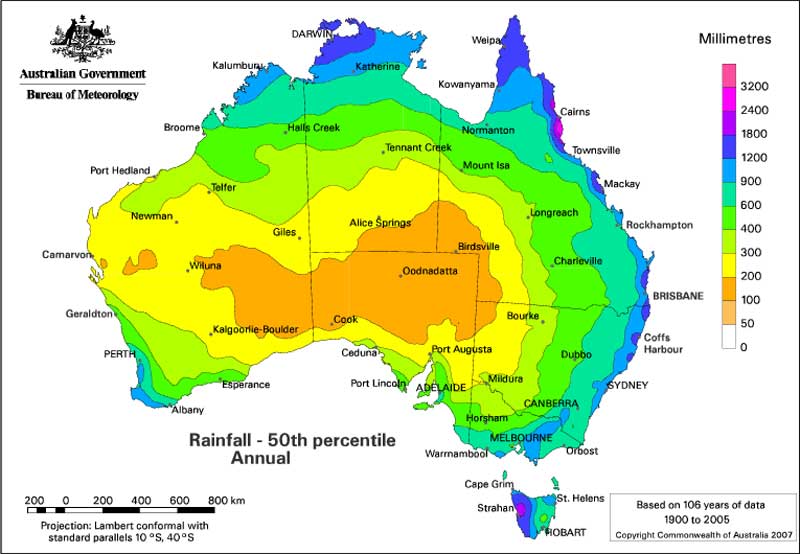- Apr 4, 2013
- 13,670
- 16,890
- AFL Club
- Fremantle
There is a video linked earlier about an aussie who is turning arid land in Jordan into fertile land, his projects aren't on a massive scale but what he has been doing can be done on a larger scale.
I think it would take decades or even centures only because nobody is going to do it to the entire country at the same time. But his results were pretty impressive over a short period of time.
While Jordan is dry it isn't infertile. The arid parts of Australia have some of the least fertile soils in the world. It is to do with the age of the soils as opposed to the amount of water available.





